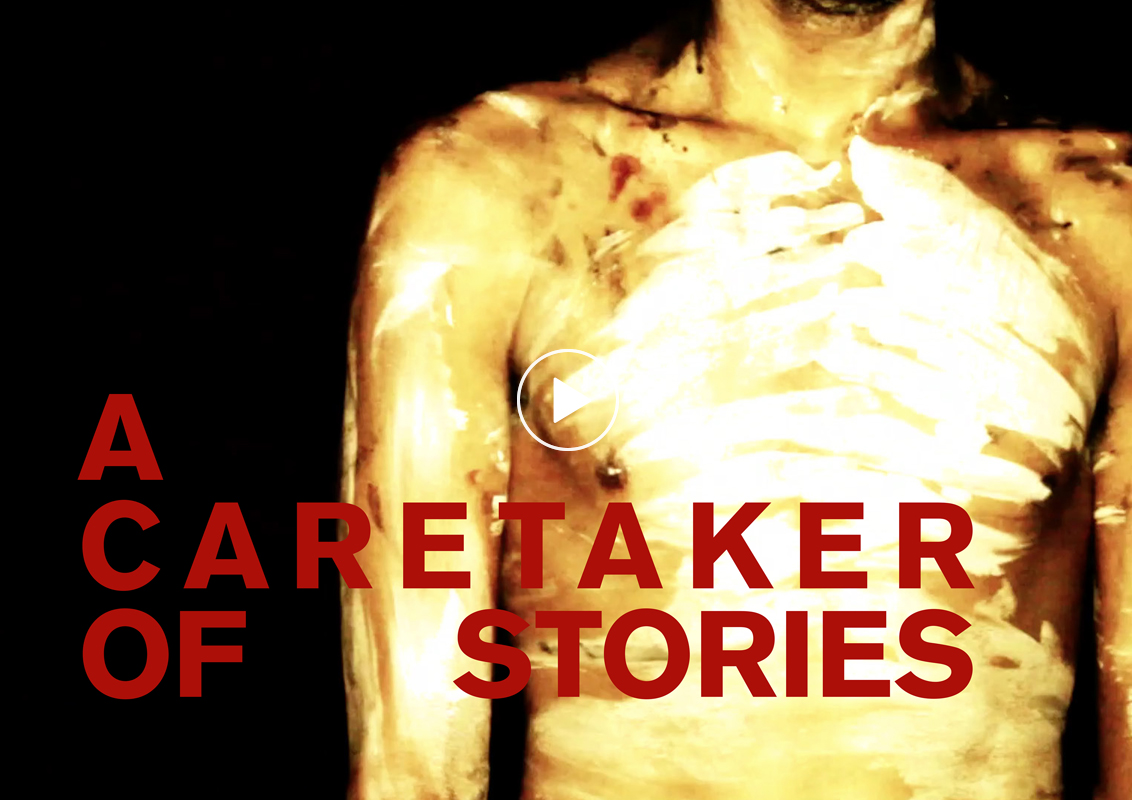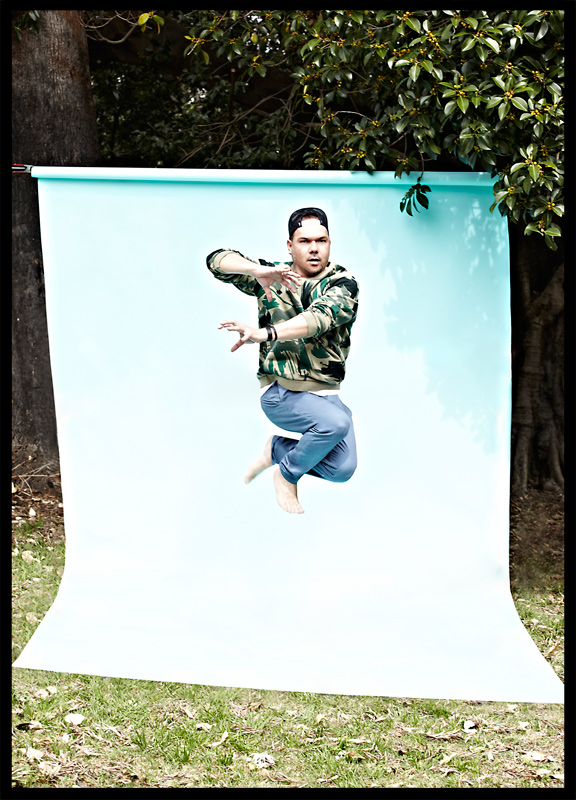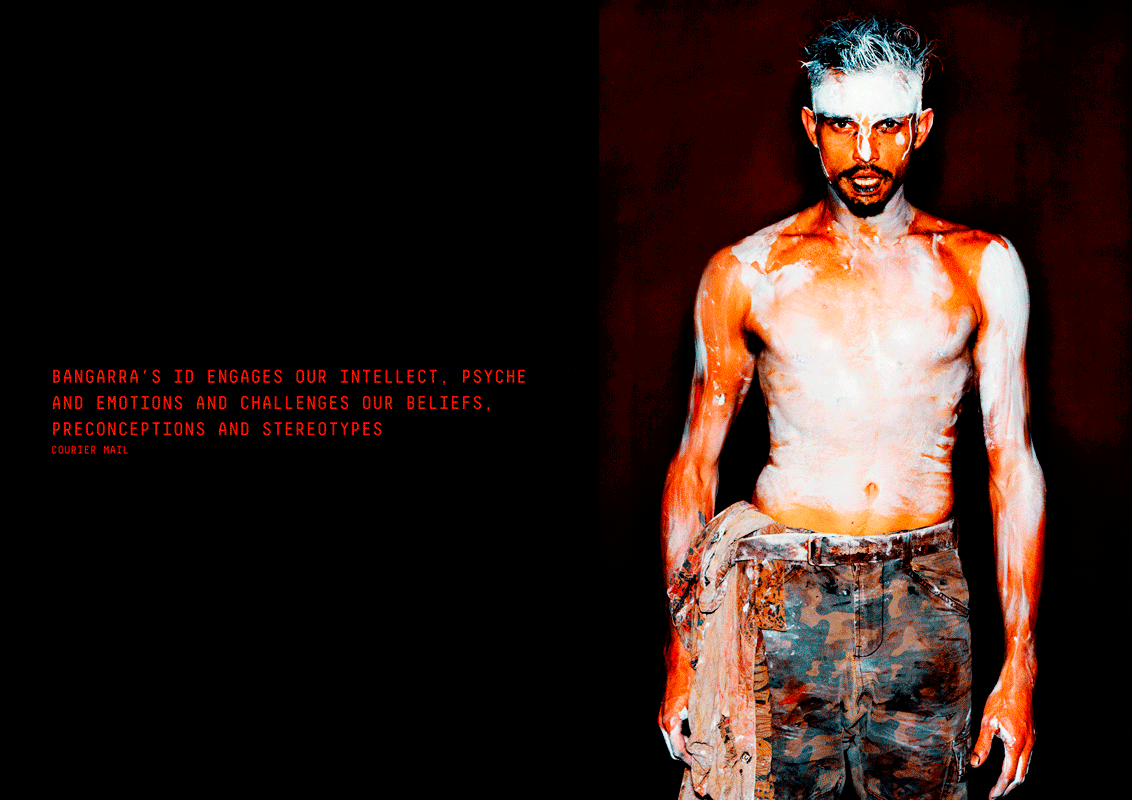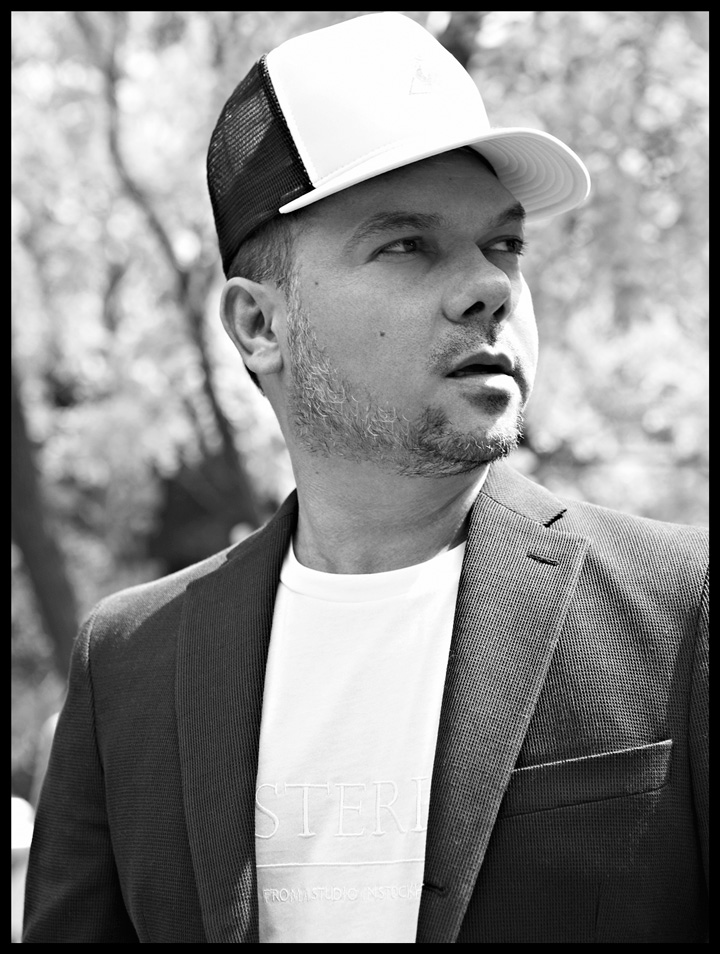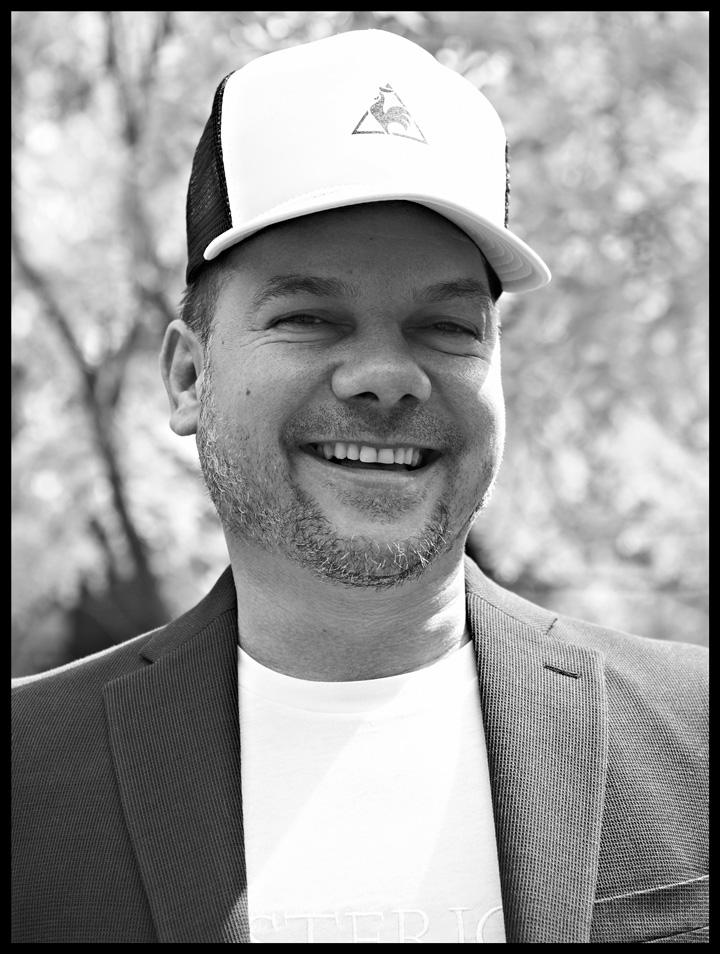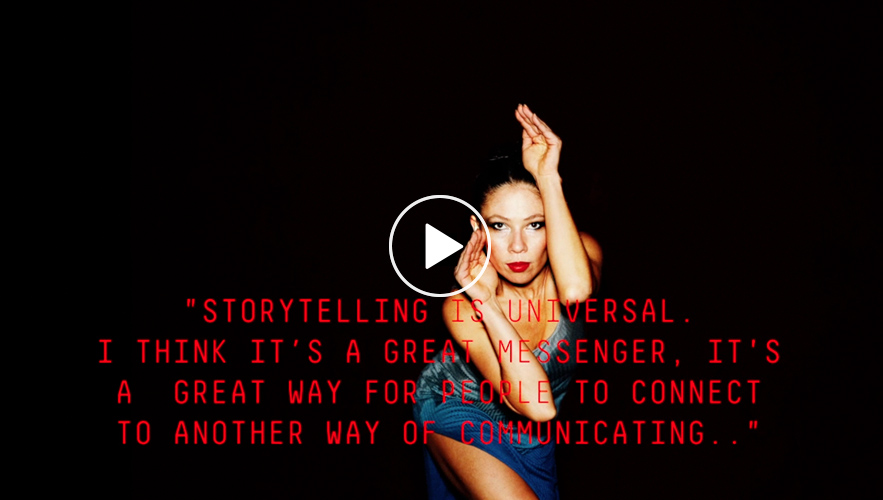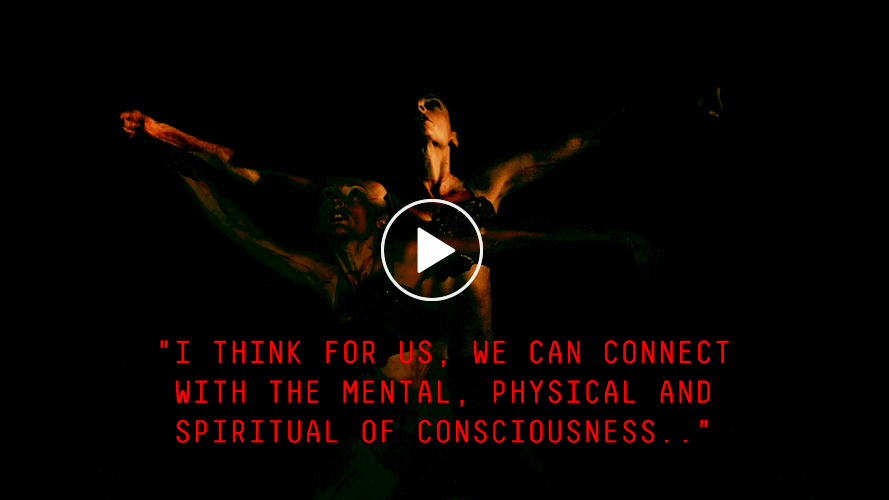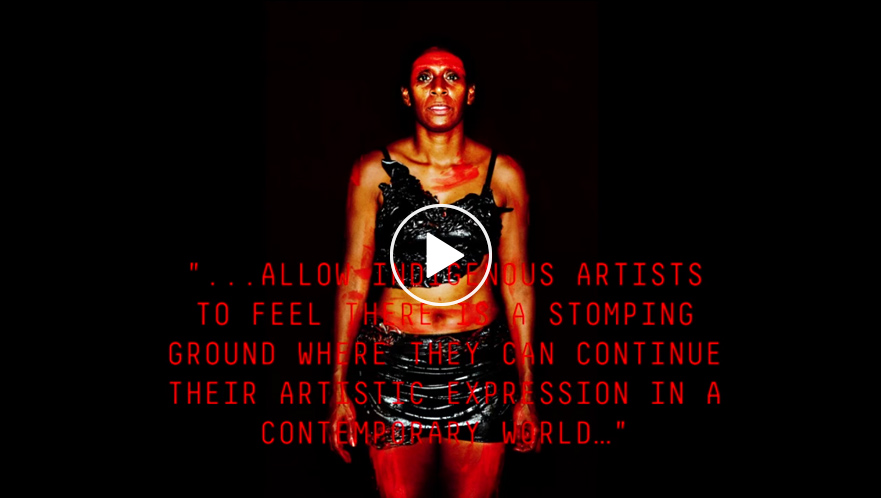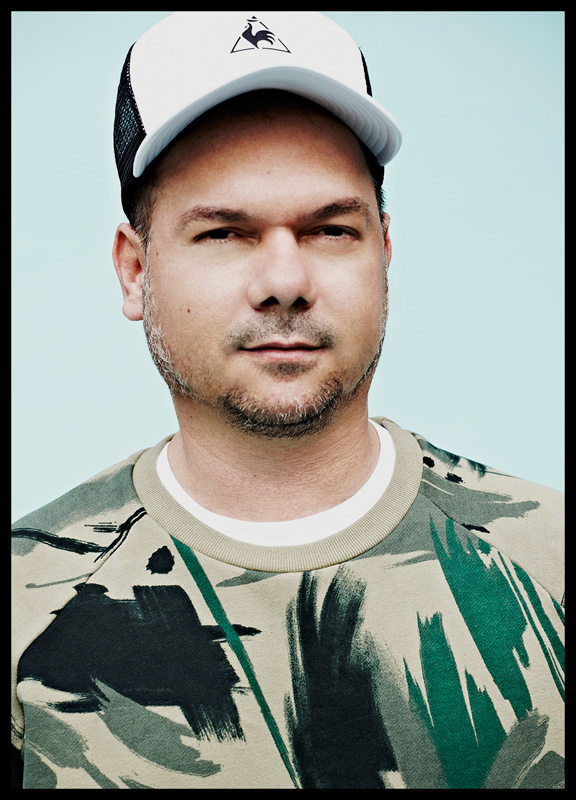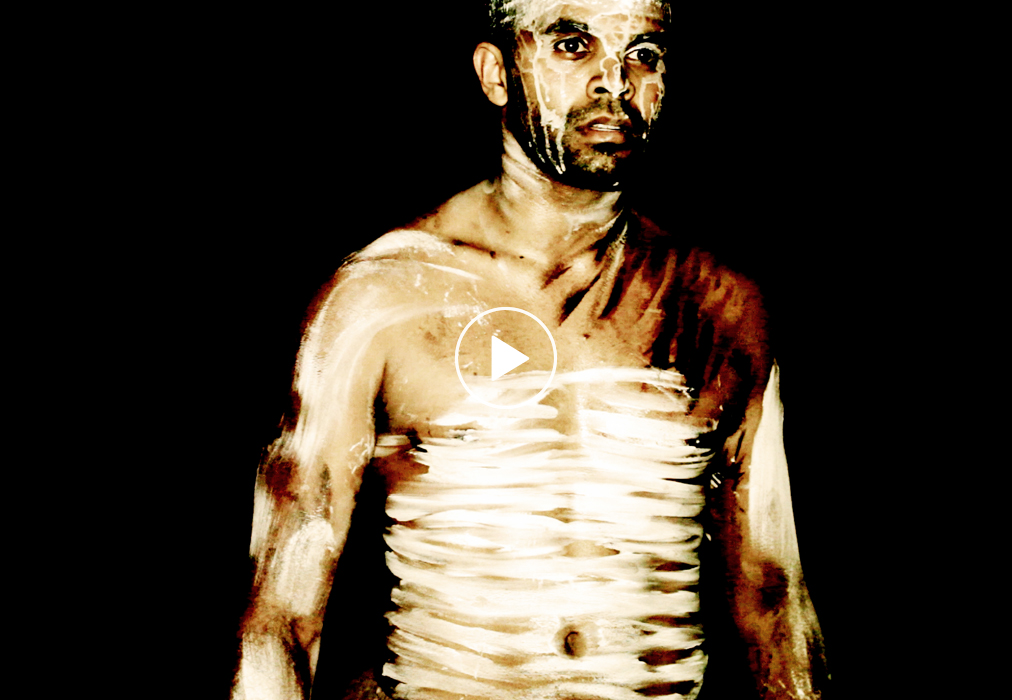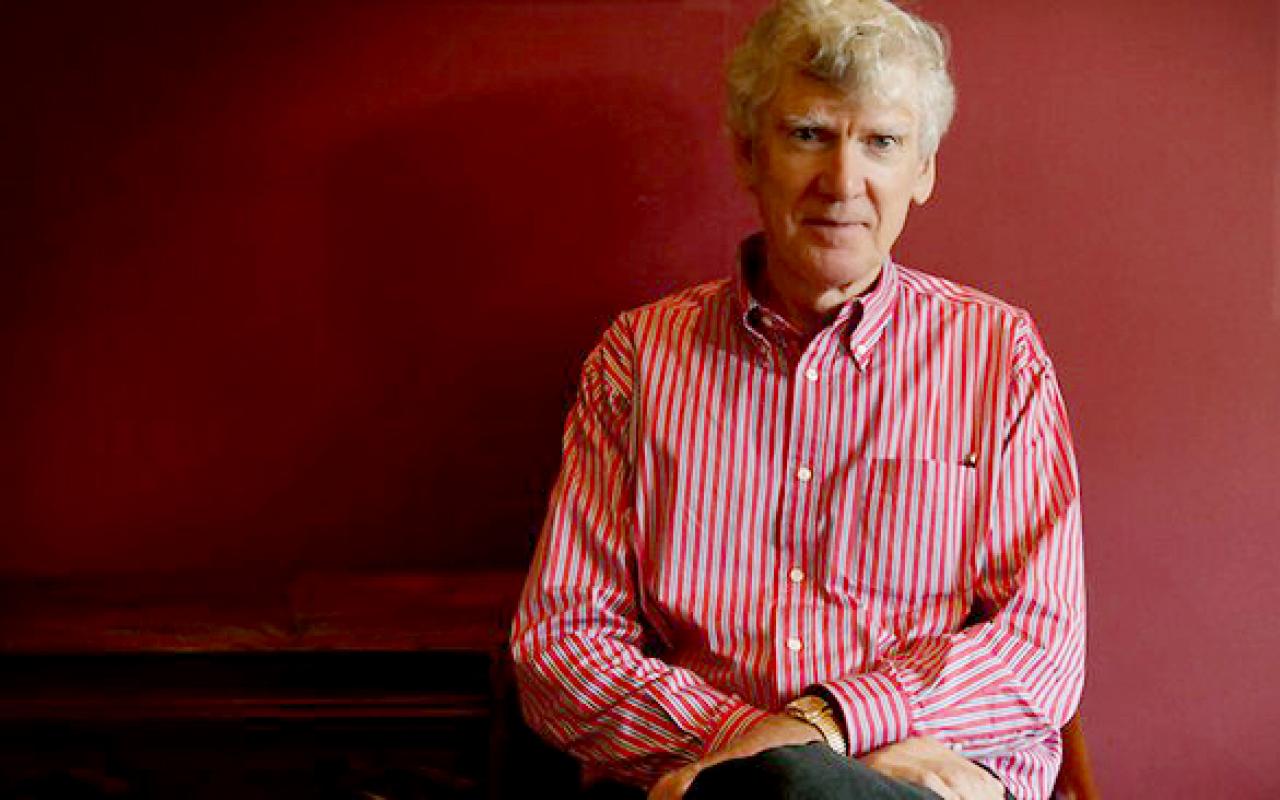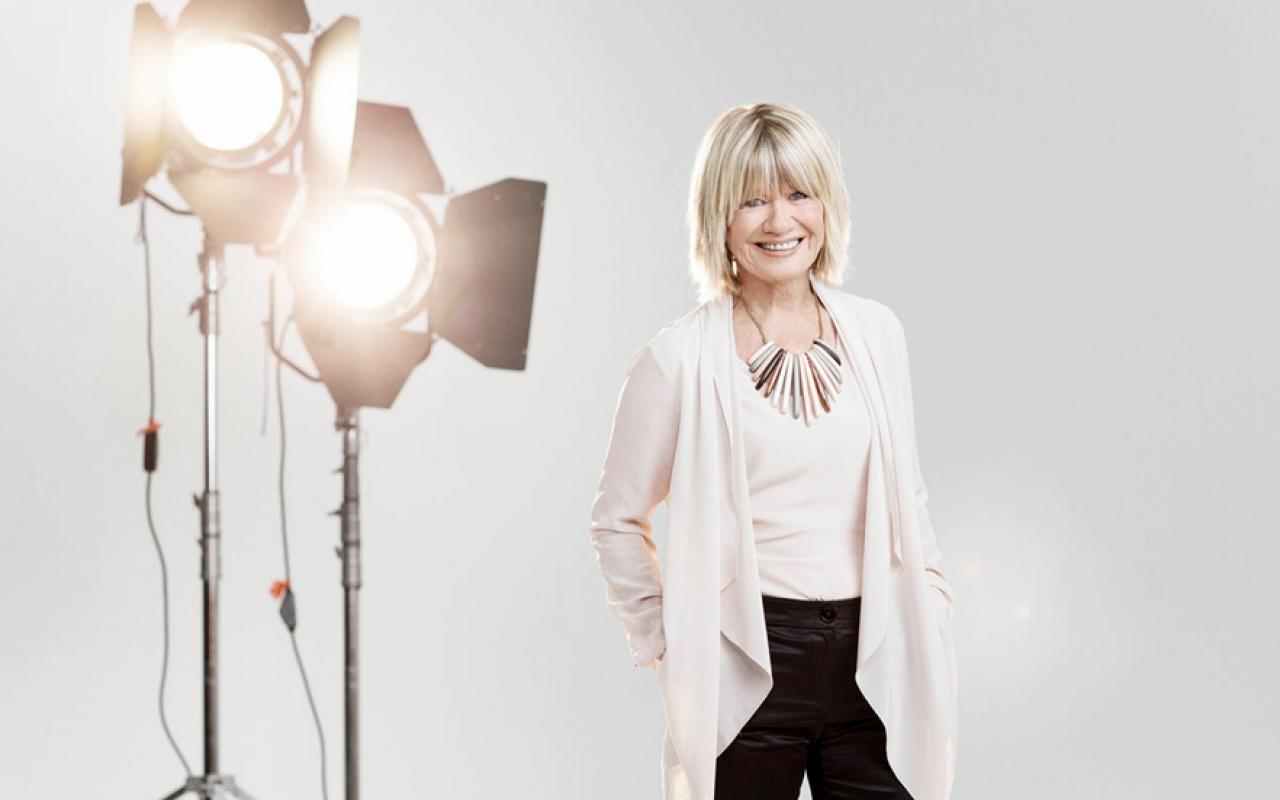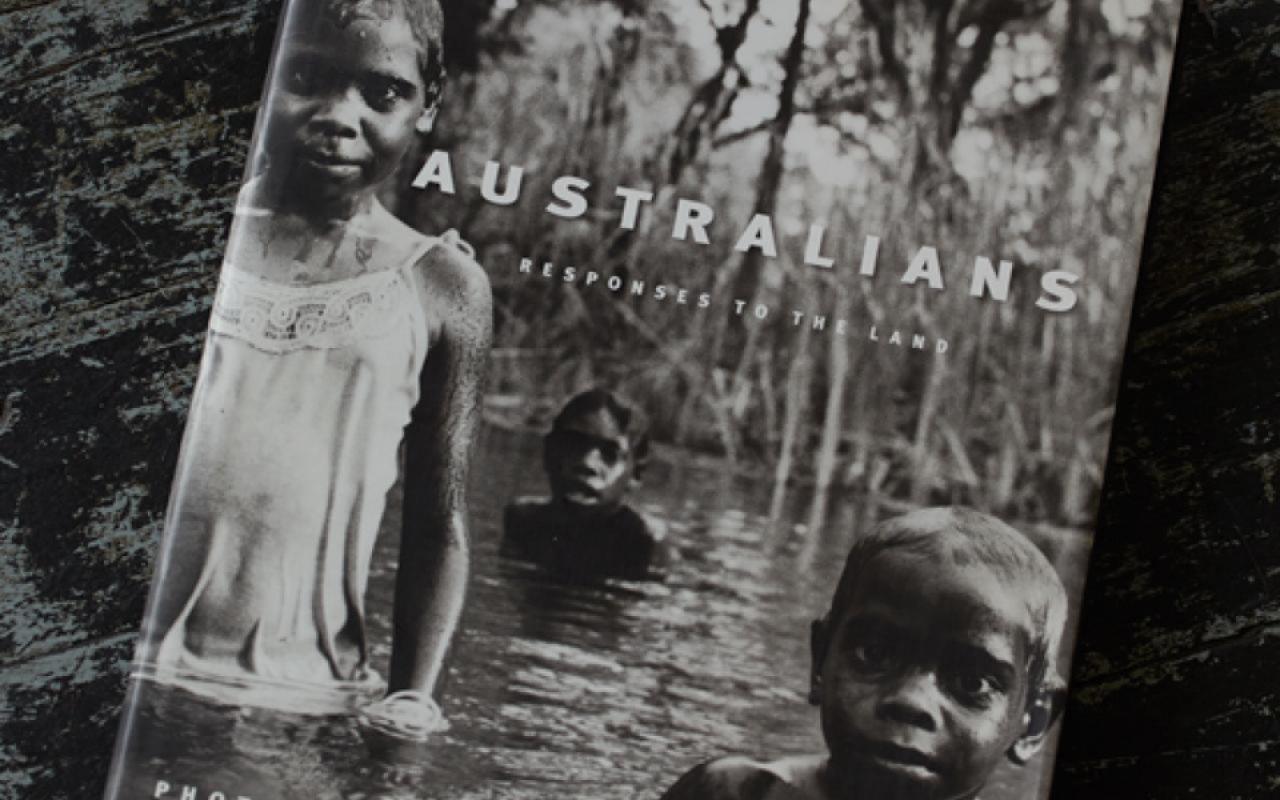profile \ 01
Stephen Page
Creative Director, Choreographer, Film Director
STEPHEN PAGE & THE BANGARRA DANCE THEATRE
Storytelling has long held a place within culture as a tool for people to communicate, identify themselves and the culture to which they belong.
Stories told through performance, ritual, art, and ceremony have a way of making our most complex mysteries tangible. Religious creation stories such as The Dreaming are early examples of man's use of storytelling to communicate deeper meaning, share knowledge, and to connect and bind us with one another. A long and visible thread can be traced from the cave paintings and artifacts of our ancestors all the way through to the many incarnations and platforms we use to express our stories within the contemporary world.
To highlight the importance of storytelling within culture and its inextricable link to human nature - we thought who better than Stephen Page - Artistic Director of the Bangarra Dance Theatre; an indigenous Australian performance group sharing stories of the past to a global urbanized audience.
Stephen’s universal language of music, theatre, and dance not only provides insight into history and into one of the world’s most ancient and mystifying cultures, but through story Stephen actively connects us to the past in a way that continues to celebrate and confronts who we are today.
IN THE BEGINNING
Words by Stephen Page
I was very fortunate. I grew up with 12 kids in the family, six girls and six boys, in an urban public-commission house. My father was a landscaper, timber-cutter and concreter, and my mother worked in a pineapple factory. Both were Aboriginal.
When I think of home and my younger years, I have memories of being under a kitchen table and watching the feet of people - cousins dancing in one corner and people fighting in the other - just this big family energy everywhere.
One was a saltwater woman, the other, a freshwater man. They had both been removed from their language and stories and weren’t allowed to celebrate being indigenous.
My parents were ashamed of who they were, so it was really all about their little clan, putting food on the table and a roof over our heads. They spent their whole lives just building and sustaining that.
Within that clan, there was madness. There were wonderful, dysfunctional siblings trying to find a language – a dialogue on how to get on. The girls, our sisters, were really instrumental through all of that. And while we had no traditional language, no traditional song and dance and no ceremony, we used what we had. By going into our parents’ country for different ceremonies, we stayed somehow connected.
I think a combination of all of those influences in my upbringing is what got me interested in the performing arts.
Growing up, I was a bit of a radical. In year 11, I challenged our history teacher about Aboriginal history and why we weren’t learning any. She sent me off to the principal’s office and I got suspended for a week. My mother said, “if you don’t get a job in a week, you’re going back to school.” So I rang up all my cousins to try and get a job and ended up working at the Aboriginal and Torres Strait Island Legal Services as a trainee legal clerk, (whatever that was).
While I was pretending to be this law clerk I saw a poster on the wall for careers in Sydney, in dance and indigenous dance. Aboriginal Abstudy had just come out, so I applied for it and a month later I flew down to Sydney on TAA and auditioned for the dance college. Two weeks after that, they called to say I was in.
I was 16 when I left home for Sydney.
I was at The Dance College of Sydney for three years and then spent my time dancing professionally with the Sydney Dance Company. I also did a bit of commercial work in amongst it, but by the time I was 25 I was running Bangarra.
From college I learnt all facets of dance: modern, ballet, tap and jazz. But the biggest cultural injection that changed my life was the traditional Aboriginal and Torres Strait Island forms of traditional dance. Elders would come down from the land of the North to the city and they would tutor us and pass on ‘living’ songs and dance – all the things that we never grew up with.
I was the fairest of 12 kids. They always used to tease me and say I belonged to the milkman down the road, so it was interesting for me that there was this connection that I shared with these traditional elders. Each year during my three years of college study we would go up North to 'real country'. The first one of these trips was the first time I went into a community, a real Aboriginal community.
This was the early ’80s, you know, when mining wasn’t a big issue, and everything still felt quite raw. It was a time where traditional stories were practised every day for all different reasons – not just for sorry business – and a time where alcohol, drugs, and social poisons weren’t in such effect within the communities. It was just really raw and rich when I first went in. Big Corroborees took place in a circle and were lit by an old Torana car headlights flashing from somewhere – or from the light of the basketball court that had just been built. You used what you had out there.
I had never actually learnt traditional dance in the past, so they got me and told me to "Just get up there." The only thing I could do was look, learn, listen, and watch. Through my mimicking and watching traditional boys dance something came alive in me – like I was connecting to an old spirit from my mother’s or father’s past. I did OK. I mean, they were laughing, but they were laughing with me, or at least I hoped they were.
After that experience the boy I was mimicking ended up adopting me and becoming my traditional brother. His family led me to connect with a bigger family from Northeast Arnhem Land. These families became instrumental to me, my connection to land and they have continued to feed Bangarra and connect us with the traditional dance and songs – living dance and songs.
So all in all, it feels like through Bangarra we became the contemporary eyes and they became the traditional eyes, and that’s what continues to shape a lot of Bangarra’s stories.
AN AUDIO DISCUSSION WITH
STEPHEN PAGE
"People want to identify and people want to belong... It's a century where I think people are universally rekindling and trying to connect back."
A MODERN TALE
An Interview with Stephen Page
IRIS \ What do you hope the audience gains from the blend of traditional and contemporary narratives within a Bangarra performance?
SP \ The thing about indigenous cultures is that they’re evolutionary. The problem with western society is that they pigeonhole this static view of indigenous culture: they “static” the illusion of what it is. Indigenous cultures around the world are a much more evolutionary form of culture, so I would like to think that the stories Bangarra presents are constantly evolving.
When someone asks me, “Is it traditional? Is it contemporary?” - Well, it’s both. It’s paying respect to its traditions, it’s hanging onto the spirit and the integrity, but it’s able to expose it in a contemporary form. I think society should be like that. I think we’re all like that, universally. We’re constantly just evolving.
IRIS \ Do you believe the stories and ceremonies of the past can still hold the same power in a modern context?
SP \ Yes. That was actually the emotional fabric behind Bangarra's production BLAK. The male dancers asked, “what is their Men’s business today if they don’t know their culture of the past?” A lot of BLAK was about the energy and testosterone of the alpha male. Through dance, they almost created their own contemporary initiation, just through the energy of it. Did they resolve anything? No. But in doing so, the dancers experienced what the energy of men’s business, in the past, would feel like.
BLAK was about paying homage and respect to traditional knowledge and to stir up all the social elements and thoughts on spirituality, physicality, and mental attitude. We wanted to awaken all those internal connections we have to our past. This process allowed the dancers to cleanse. They wanted to heal through a contemporary ceremony and connecting that with the power that comes from the past.
IRIS \ In the last few years there seems to be a growing connection between Aboriginal youth and rap music. We’ve seen a lot of self-made videos of Aboriginal kids fusing their own stories through rap and other forms of pop culture. Do you see rap and pop music as an evolution in storytelling and do you believe it can hold the same connection to spirituality as music, song and dance has held in the past?
SP \ African-American music, urban street, and spoken word, all lend themselves to popular music culture. as much as it comes directly from the past. And rap - it's just another means of communication - and a powerful one. If you struggled in an urban society you could connect to that medium and it could open up a vessel for you; one to filter your own story through. Urban culture and indigenous culture connect to these forms as a means of expression. I think it’s great. I love pop music because it’s so... sugary. It’s so... fast food – it’s electric. Electronic pop is alive with people filtering their dark messages through it.
Storytelling through music has to be one of my favourites. It's so cleansing and I don’t think the younger generation even knows that they’re doing that. It’s instinctual. It’s raw. That’s what I love – the rawness of it. They’re talking about their energy on land that has been disrupted and their fate in life is to try to reconnect through contemporary modes of expression, such as pop, rap, and musical urbanism. It’s a great way, instinctively, to try searching for yourself and heal your frustrations. People just feel cleansed by it – just look at Eminem.
Stephen wears Acne and cap by Le Coq Sportif


